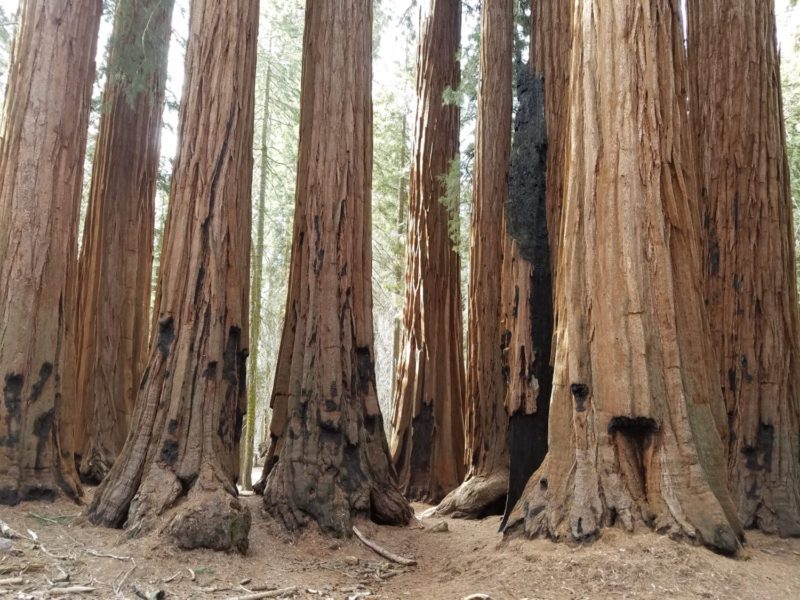
Disney, a company that makes movies and theme parks, once had big plans to build a ski resort in Sequoia National Park, CA. Disney does have a history within the ski industry, as Walt Disney was an original investor in Sugar Bowl Resort near Truckee, California. His plans did not stop at just Sugar Bowl. Mineral King Valley, a then remote section south of Sequoia National Park, had struck the imagination of Disney in the 1960s. The entertainment juggernaut had big plans but eventually fell short of the mark. Let’s take a journey on why Disney pursued this project and why it ultimately never happened.
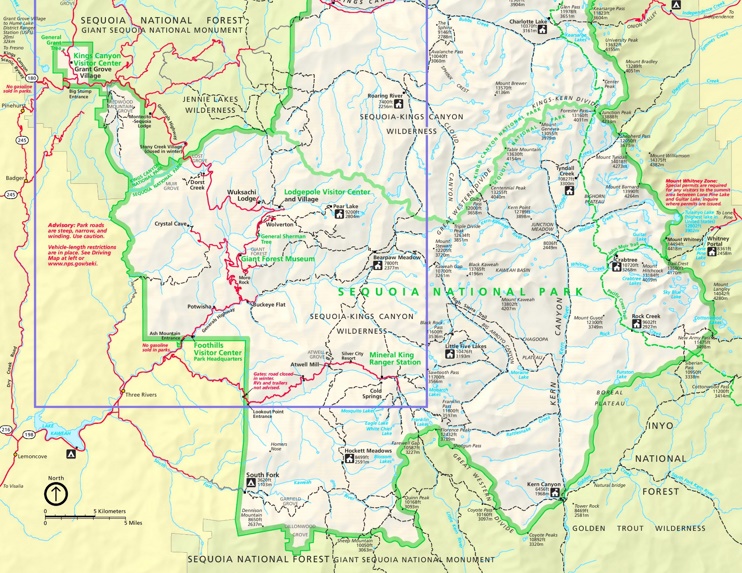
Our story begins in February of 1965. During this time, the United States Forest Service invited proposals for a ski resort within the former mining district of Mineral King Valley. Six different submissions were sent in, including one from Disney Corporation. In December of 1965, the winner was announced… Disney.
Disney is known for grand-scale entertainment, and this project would be no different. In the proposal, Disney laid out its plans for a village and resort that would have rivaled any in California today. The resort’s village would include a five-story hotel, movie theater, general store, pools, ice rinks, tennis courts, and a golf course. Above the village, the mountain would consist of 22 ski lifts and gondolas spanning across eight different glacial cirques that tower above the valley floor. The estimated vertical drop of the mountain was pinned at 3,700 feet. For reference, the most vertical in California today is Heavenly, with 3,500 feet. Not only would it have the most vertical drop today, but also the highest peak elevation in the state at 11,090 feet (Eagle’s Crest Ridge). Disney even planned to build a coffee shop at the peak. Mineral King Ski Resort was set to become a crown jewel of California skiing.
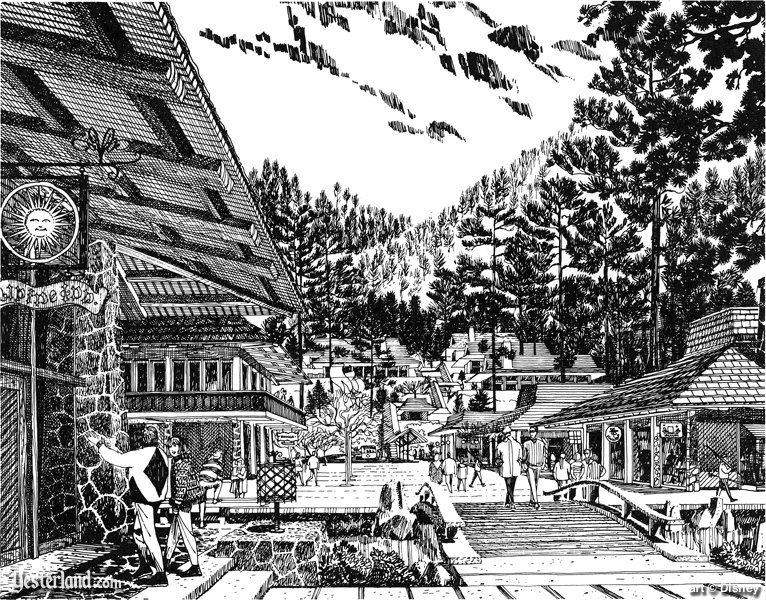
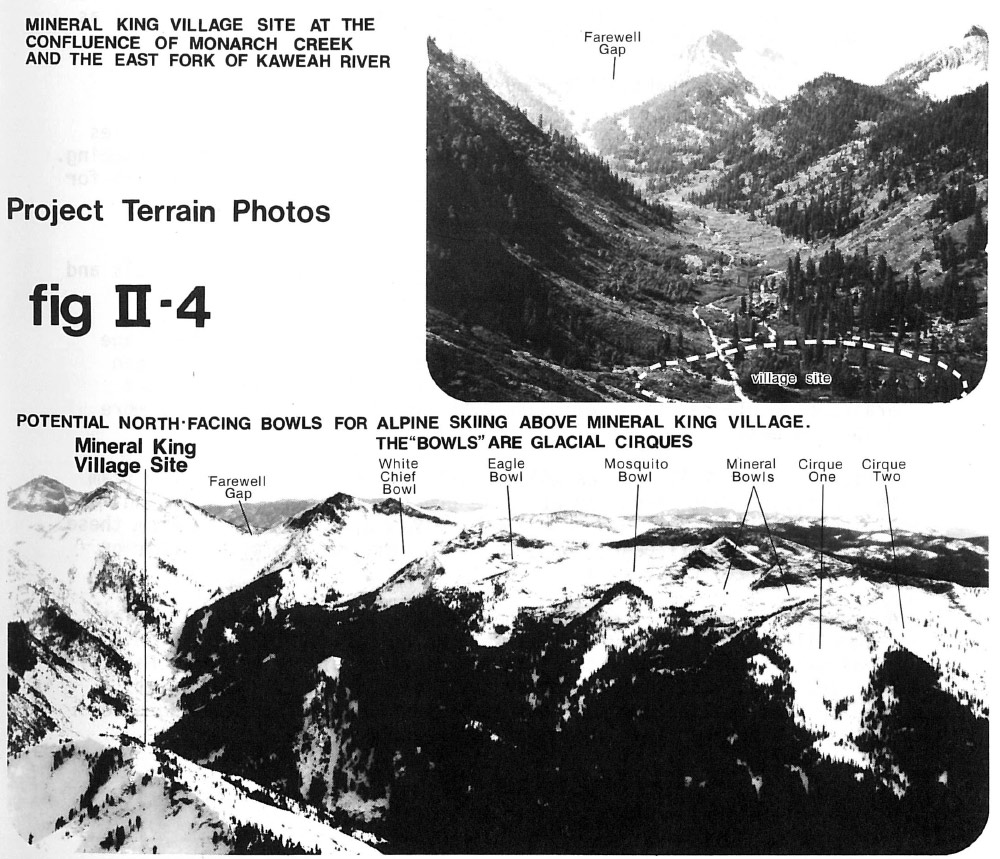
In combination with support infrastructures such as water tanks and sewage treatment facilities, all of this put a $35 million price tag on the project. Just for comparison, the price to build Disneyland in 1955 was only $17 million.
So why did the project never break ground? For starters, environmental activists, led by the Sierra Club, were outraged at the idea of a ski resort in the valley. The valley already housed 33 campsites at the time, which attracted over 20,000 visitors each year. Additionally, the U.S. Congress designated the valley as a National Game Refuge in 1926, and the valley bordered Sequoia National Park on three sides. The valley would have likely been incorporated within the National Park if it wasn’t for the area’s mining history.
Over ten years, the Sierra Club lobbied federal officials to halt the project. One of the major grievances of the activists was the six miles of access road that would cut through Sequoia National Park. Eventually, the park service and interior secretary Steward Udall approved the road plans, and the Sierra Club went to court. Sierra Club sued Sequoia national park and the Sequoia National Forest in federal court, claiming that the road was illegal. The judge presiding over the case issued an injunction to stop work on the project until the Supreme Court handled the case.
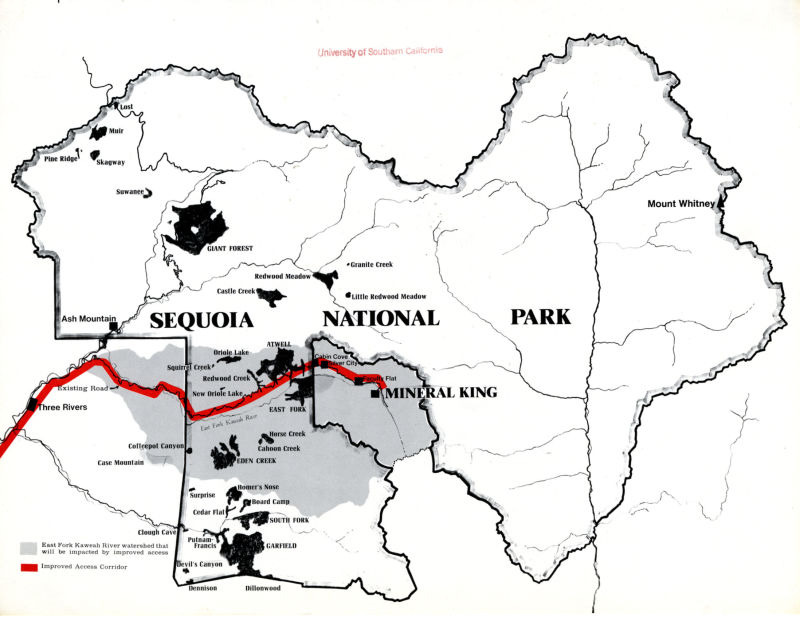
On April 19, 1972, the Supreme Court ruled against the Sierra Club in a 4-3 decision. The decision stated that the Sierra Club did not have enough to sue because it did not show how anyone would be injured from the ski resort’s construction. While the resort won this significant battle, another legal issue arose to halt construction, the National Environmental Policy Act. The act, signed in 1970 by President Richard Nixon, stated that the project needed to study the environmental effects in detail and release them before starting construction.
In 1976 the Forest Service released the final draft of the environmental impact report. By this point, the proposal by Disney was a decade old, and the company’s leadership was losing interest in the project. This didn’t matter as Congress, and President Jimmy Carter officially designated Mineral King Valley part of Sequoia National Park in 1978. The designation was a part of the National Parks and Recreation Act.
The project eventually tarnished Disney’s image. The company had won many awards for its nature conservation, and the Sierra Club even made Walt Disney an honorary member in 1955.
The failed mega-resort in Mineral King Valley never happened, but it is interesting to think about what the resort would like today if it got off the ground. Glad that conservation was the winner in this scenario as Sequoia National Park is one of the most magical places in the country.


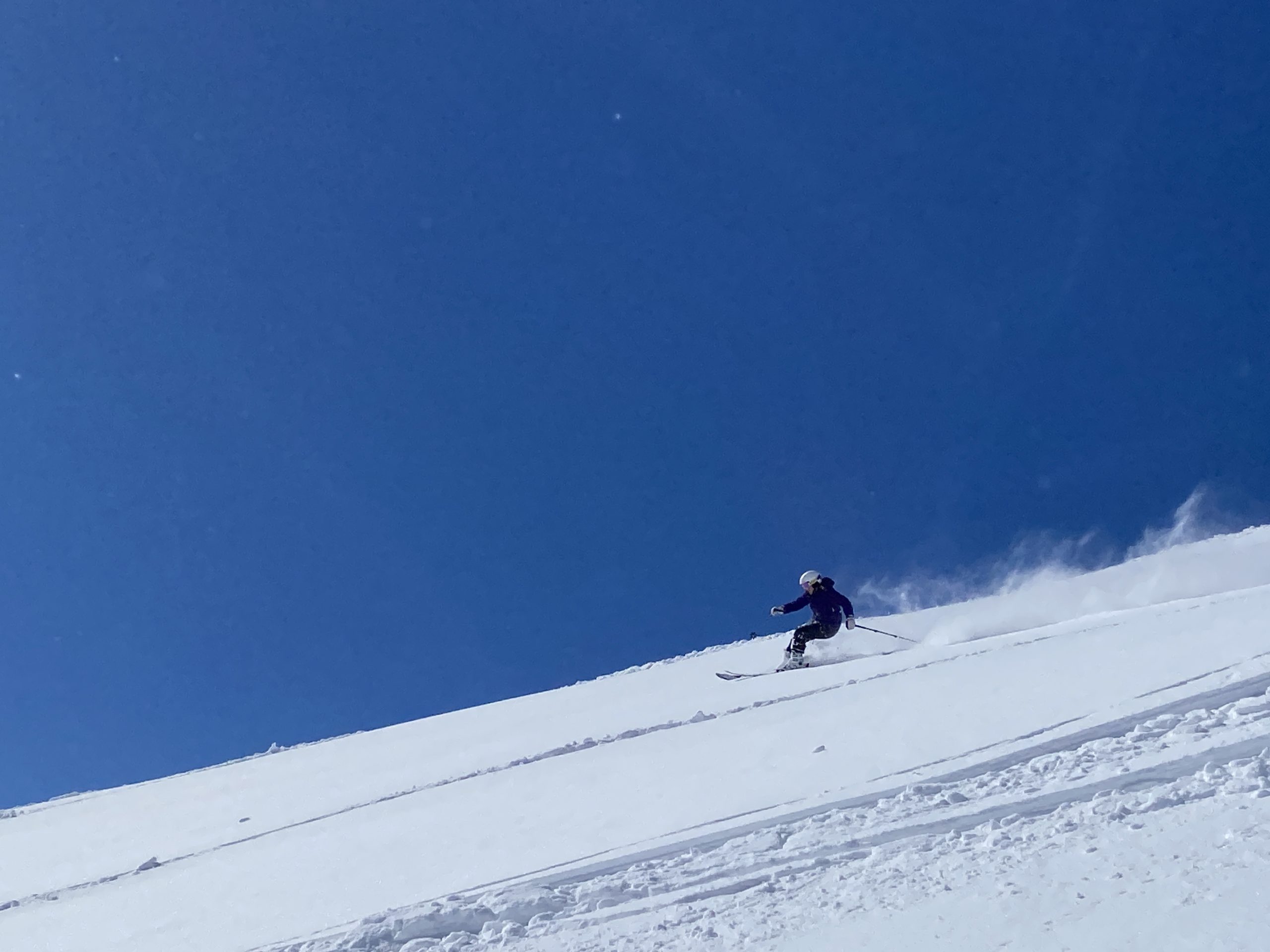
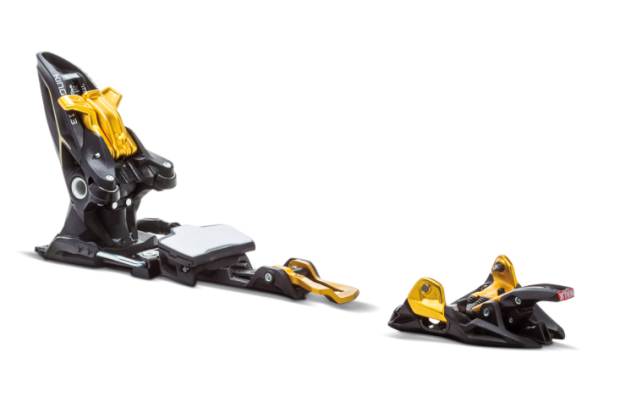
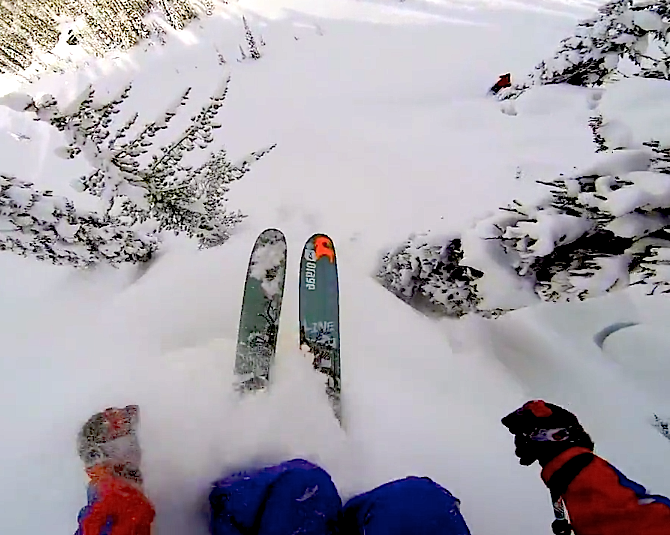
and………………….
A little closer to Tahoe Disney tried again. Independence Lake Ski Resort at the base of Mt Lola.
https://www.mouseplanet.com/12520/The_Independence_Lake_Ski_Resort
There is more to the story. There was an approved ski area earlier and the Sierra club supported mineral king right up to 1965. Then the Sierra club changed to no huts, no anything, anywhere, anytime.
https://www.yesterland.com/mineralking.html
I went to YouTube and searched for “mineral king sequoia skiing”, as I expected that someone may have posted some back country skiing videos. I came across this:
Disney’s Cancelled Ski Resort – Mineral King History | ReviewTyme
https://www.youtube.com/watch?v=dv1yD42T-TM
This adds some additional information to this article.
It would have been amazing! California had the potential to be a world wide ski destination like the Alps in Europe. We have the terrain! And the snow! We just don’t have the resorts.
Alps 77,000 sq miles > Sierra Nevada’s 24,000 sq miles. I can’t see how you think Cali has the equivalent terrain that the Alps do? Not to mention the vertical drop that you get while skiing the Alps.
There is only One resort in the US that compares to Europe and it’s not in the state of California.